
The monochrome compositions of the Taiwanese artist, draw the viewer’s eyes into the complex dream world he creates. Flora and fauna play leading roles that intertwine symbiotically with the human figures and geometric textures in the background. There is a fun game of lost and found characters at play. In addition, the artist’s detailed work creates a three-dimensional representation, providing the viewer with an impression of depth as if the motion is captured at a standstill.
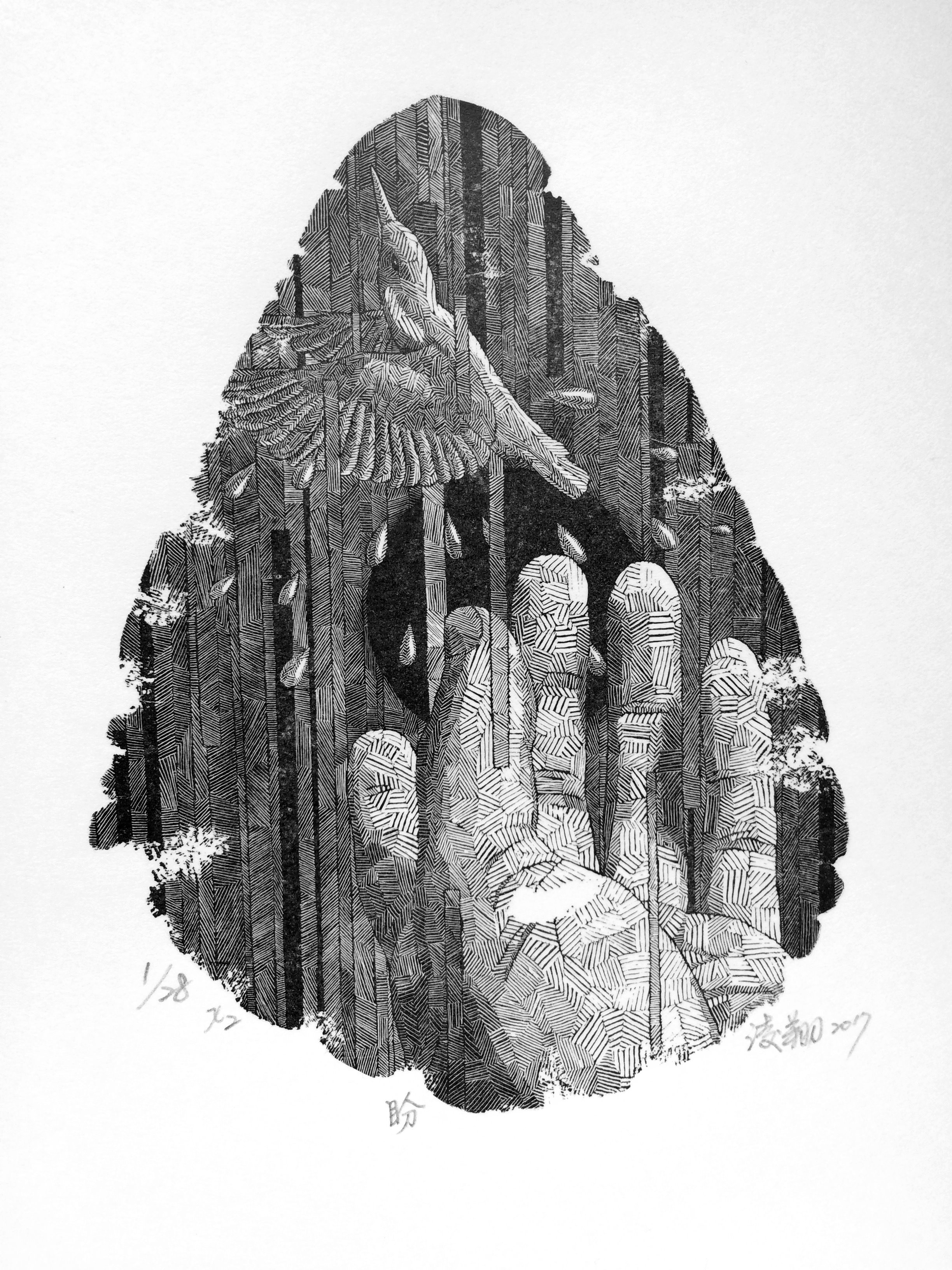
The monochrome compositions of the Taiwanese artist, draw the viewer’s eyes into the complex dream world he creates. Flora and fauna play leading roles that intertwine symbiotically with the human figures and geometric textures in the background. There is a fun game of lost and found characters at play. In addition, the artist’s detailed work creates a three-dimensional representation, providing the viewer with an impression of depth as if the motion is captured at a standstill.

The monochrome compositions of the Taiwanese artist, draw the viewer’s eyes into the complex dream world he creates. Flora and fauna play leading roles that intertwine symbiotically with the human figures and geometric textures in the background. There is a fun game of lost and found characters at play. In addition, the artist’s detailed work creates a three-dimensional representation, providing the viewer with an impression of depth as if the motion is captured at a standstill.

The monochrome compositions of the Taiwanese artist, draw the viewer’s eyes into the complex dream world he creates. Flora and fauna play leading roles that intertwine symbiotically with the human figures and geometric textures in the background. There is a fun game of lost and found characters at play. In addition, the artist’s detailed work creates a three-dimensional representation, providing the viewer with an impression of depth as if the motion is captured at a standstill.
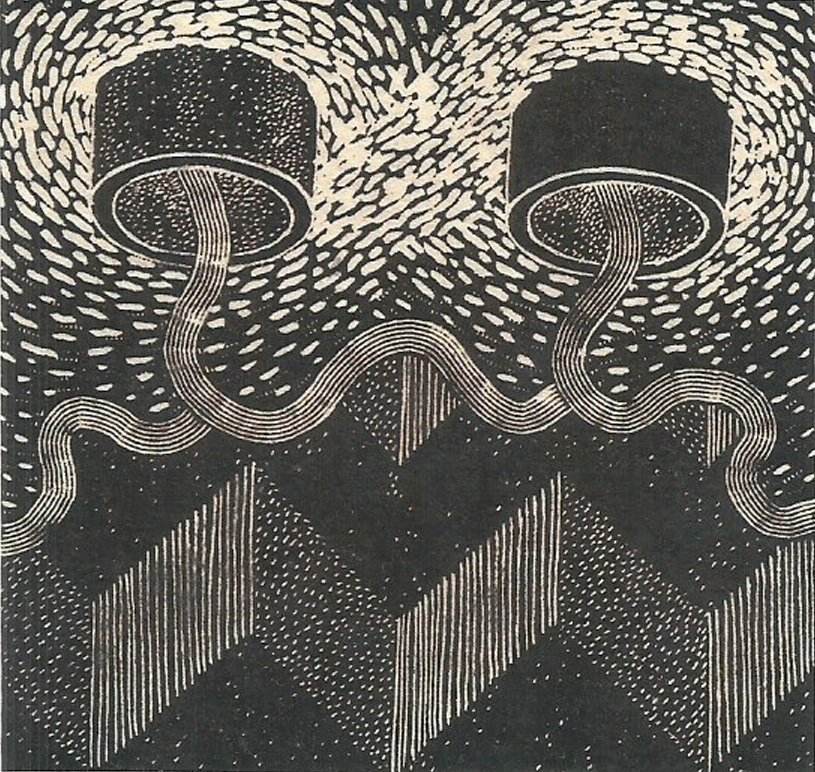
About the artist:
Eric Mummery is a Canadian artist. The presented woodcuts are part of an ongoing series that explore the visual capabilities of strong black and white in graphic language. The prints often represent mirror-like compositions using geometric elements, combined with rhythmic background patterns intensified by contrast. Mummery also keeps his prints close to his heritage by choosing to use local natural raw materials.
Read more about the artist >>>here
Read more about the technique >>>here
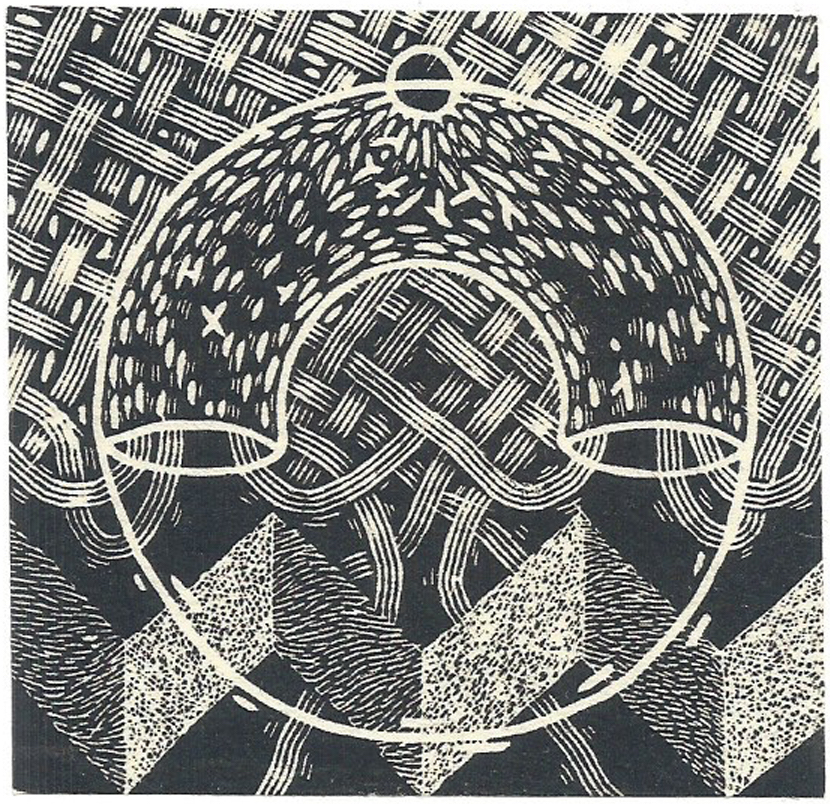
About the artist:
Eric Mummery is a Canadian artist. The presented woodcuts are part of an ongoing series that explore the visual capabilities of strong black and white in graphic language. The prints often represent mirror-like compositions using geometric elements, combined with rhythmic background patterns intensified by contrast. Mummery also keeps his prints close to his heritage by choosing to use local natural raw materials.
Read more about the artist >>>here
Read more about the technique >>>here
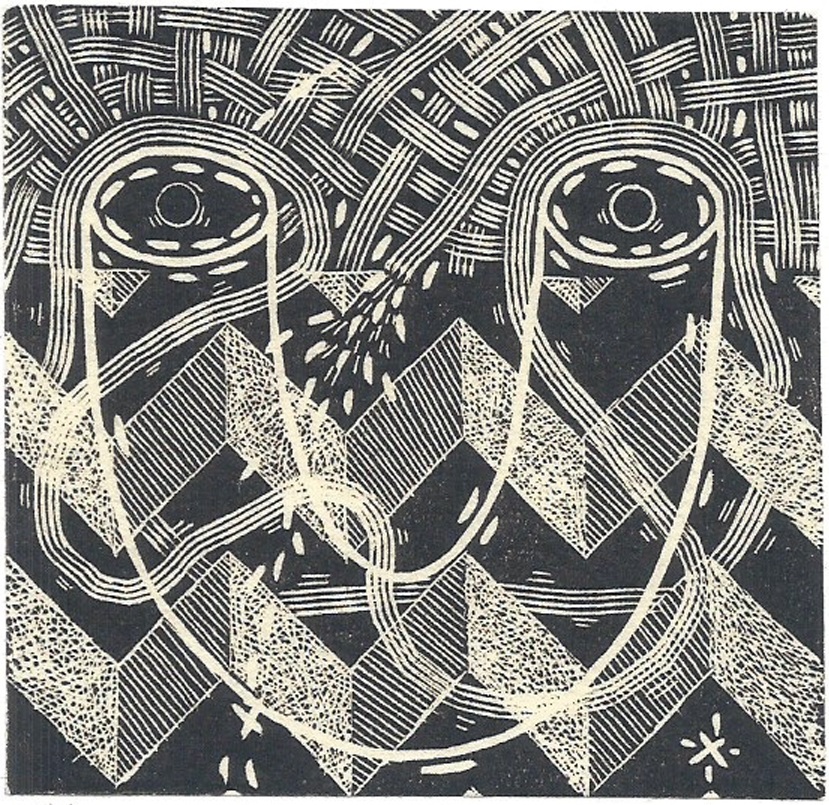
About the artist:
Eric Mummery is a Canadian artist. The presented woodcuts are part of an ongoing series that explore the visual capabilities of strong black and white in graphic language. The prints often represent mirror-like compositions using geometric elements, combined with rhythmic background patterns intensified by contrast. Mummery also keeps his prints close to his heritage by choosing to use local natural raw materials.
Read more about the artist >>>here
Read more about the technique >>>here
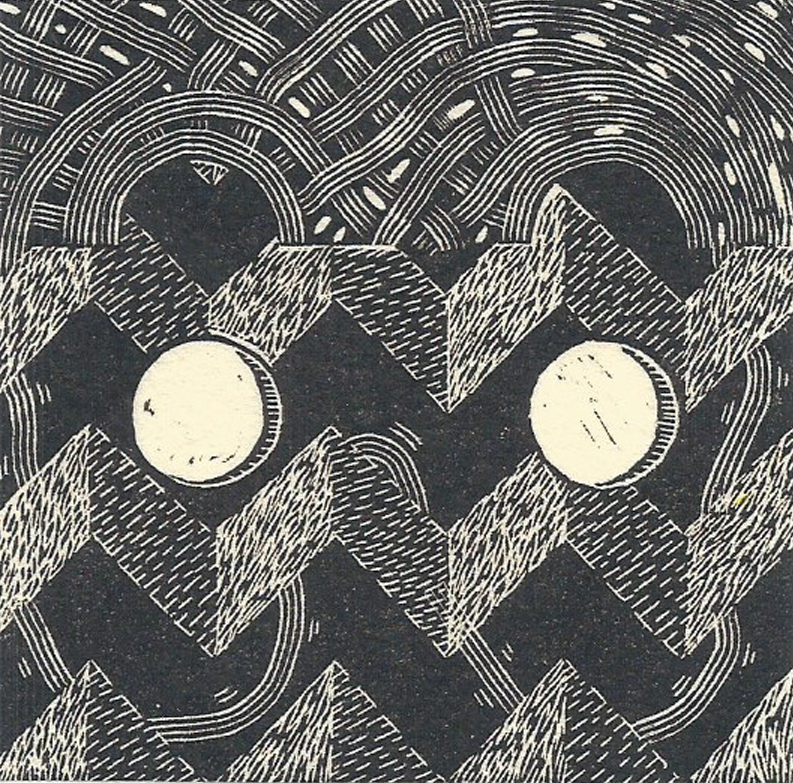
About the artist:
Eric Mummery is a Canadian artist. The presented woodcuts are part of an ongoing series that explore the visual capabilities of strong black and white in graphic language. The prints often represent mirror-like compositions using geometric elements, combined with rhythmic background patterns intensified by contrast. Mummery also keeps his prints close to his heritage by choosing to use local natural raw materials.
Read more about the artist >>>here
Read more about the technique >>>here

About the artist:
Eric Mummery is a Canadian artist. The presented woodcuts are part of an ongoing series that explore the visual capabilities of strong black and white in graphic language. The prints often represent mirror-like compositions using geometric elements, combined with rhythmic background patterns intensified by contrast. Mummery also keeps his prints close to his heritage by choosing to use local natural raw materials.
Read more about the artist >>>here
Read more about the technique >>>here
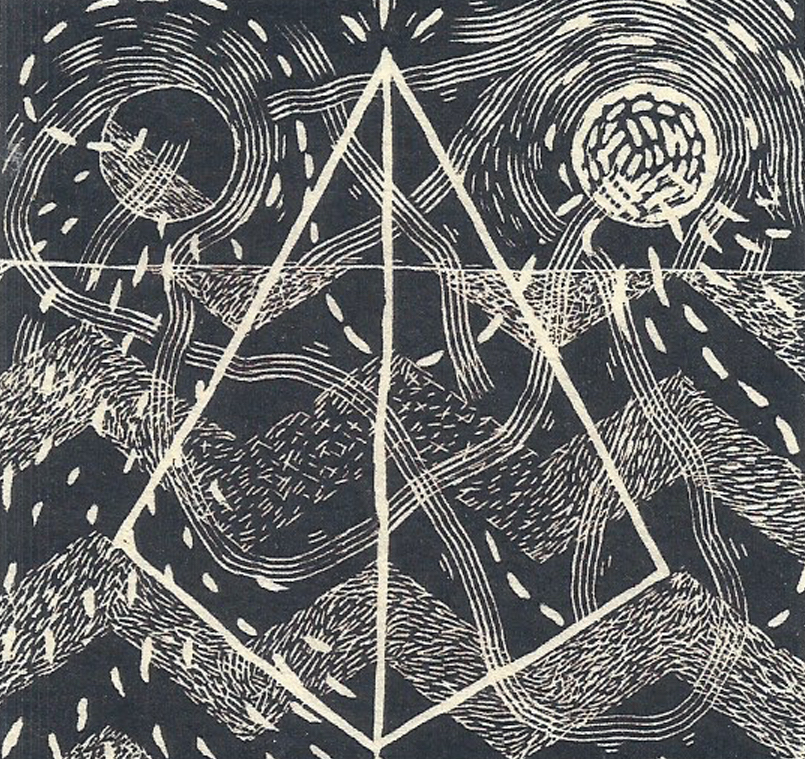
About the artist:
Eric Mummery is a Canadian artist. The presented woodcuts are part of an ongoing series that explore the visual capabilities of strong black and white in graphic language. The prints often represent mirror-like compositions using geometric elements, combined with rhythmic background patterns intensified by contrast. Mummery also keeps his prints close to his heritage by choosing to use local natural raw materials.
Read more about the artist >>>here
Read more about the technique >>>here









